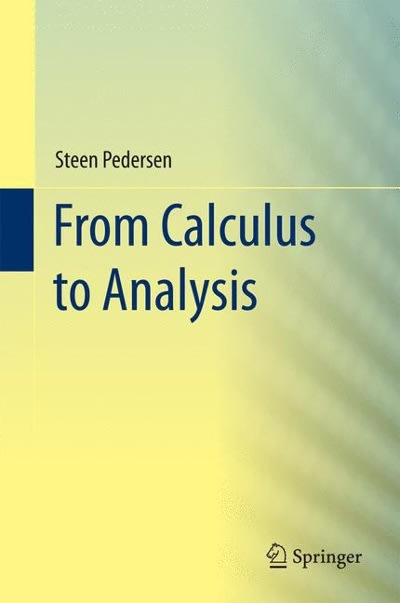Read the analyst's analysis (see below) of the relationship between the minimum wage and employment across states, study the table of regression results (See below), and answer the following questions:
a.Interpret the coefficient on Minimum Wage in Column 1, from both a statistical and economic perspective.
b.Explain intuitively how the inclusion of state fixed effects in Column 2 affect the implicit comparisons driving the Minimum Wage coefficient, relative to Column 1. Provide a specific example of a comparison that helped to estimate the Minimum Wage coefficient in Column 1 but does not in Column 2.
c.Based on the change in the estimated coefficient on Minimum Wage from Column 2 to Column 3, use the omitted variable bias formula to assess how state-level unemployment rates correlate with minimum wage?
Appendix 1: Notes on Minimum Wage Analysis Sample: I pulled data on the employment status of 16-19 year-olds the Current Population Survey (CPS) , an annual survey conducted by the Census Bureau 7 for the years 2000- 2019. Each year's data provides information on a random sample of roughly 22,500 teenagers aged 16-19, although the individuals who appear in the survey in one year are likely not the same as though in the survey in the next year. In total, there are 447,091 years of observations on teenage employment. Ithen aggregated these data to calculate the teen employment rate in each state (including Washington, DC.) and year. Other Variables: For each state and year in the data, I collected information on the effective minimum wage (from the Bureau of Labor Statistics) and the state-level unemployment rate. I then merged these variables to each individual record based on each teenager's reported state of residence and the timing of the survey. Specication: The results from my analysis appear below in Table l. I started with a basic univariate regression of the state employment rate (measured in percentage points, so scaled 0-100) on the state minimum wage (measured in constant 2018 dollars), using this equation; EmployementRate = a + 13 at MW + e In Column 2, I added state xed effect to the equation above. In Column 3, I lrther controlled for the annual state unemployment rate. Column 4 splits the data into two parts based on whether the annual state unemployment rate is higher or lower than 8%. I also provided a number of summary statistics in the table. In each column. I calculated the average teenage employment rate across the sample used for the regression, using the number of teens in each state as weights. As a result, you can interpret the average as the fraction of teens in the original individuallevel sample who are employed (e.g., 40% in the hill sample. In Column 1-3, I also calculated the elasticity implied by the regression estimate that is, the % change in the teenage employment rate divided by the % change in the minimum wage. (I had it on my list to do this calculation for Columns 4 and 5. but I ran out oftime before leaving the ofce sorryi). Table 1: Minimum Wage and Teenage Employment Dcp. Variable: \"/l- of Teens Employed (1) l?) (3) (4) (5) Minimum Wage -0.-l?'\" -0.31' -0.23 43.35 -0.16 (0.10) (0.15) (0.14) (0.25) (0.19) Implied Elasticity -0.12 4109 0.06 State-level Unemployment Rate 4114'\" {1.81\" \"1.69\" (1.30) (2.86) (2.31) Constant 43.0'" (2-43 Average Teen limp. Rate 40% 40% 40% 27% 47% State Fixed Em'tsz X X X X Sample All All All High Unemp. Low Unemp. N 1'\"le 1.0le 1.020 35]. $09 Notes: This table presents estimates of the relationship between the state minimum wage (in real 2021 dollars) and been employment rates during the period 20002019. The unit of observation is the individual. Teen employment and state unemployment rates are measured in percentage points sealed 0 to 100, Columns 2 through 5 omit the constant due to the inclusion of state xed effects. Columns 4 and 5 split the sample based on annual state unemployment rates in the year of the survey using a cutoff of 8%. The implied elasticity presents the elasticity of teen employment with respect to the minimum wage, as implied by the estimate in each column. The average teen employment rate provides the fraction of teens employed in the sample for each column Standard errors in parenthesis, clustered by state-year. Signicance levels: " p








